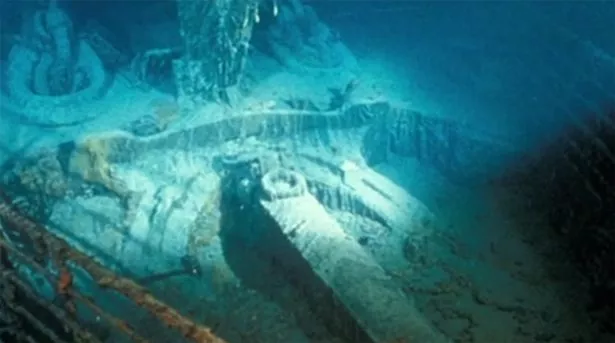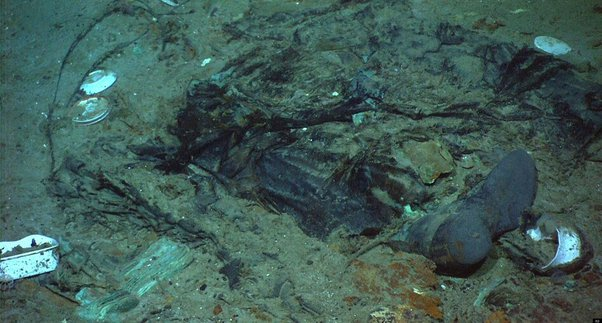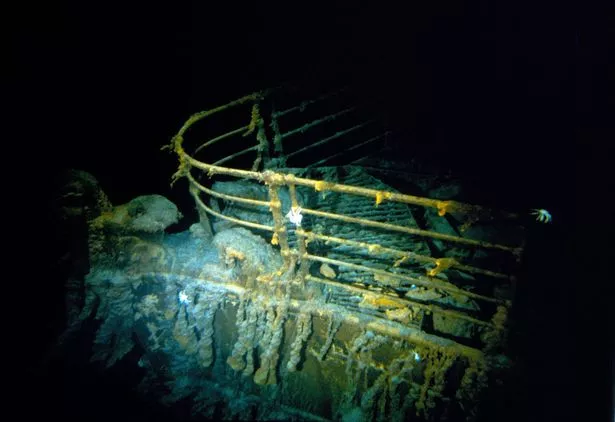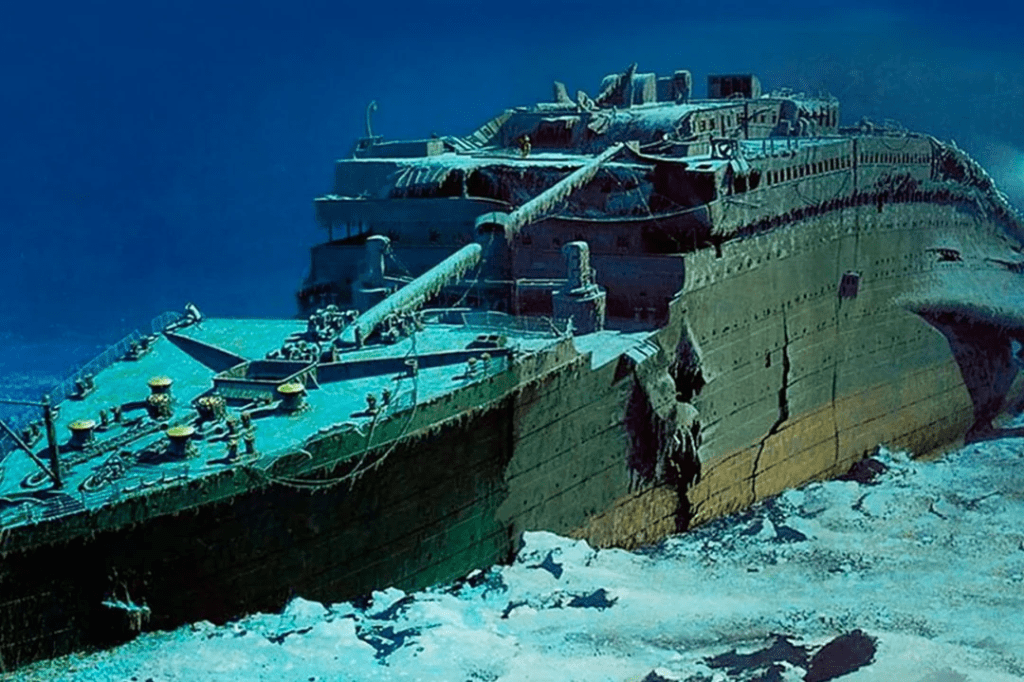The sinking of the Titanic in 1912 remains one of the most tragic maritime disasters in history. More than a century later, the story of the doomed ship continues to captivate the world. However, one mystery that often leaves people scratching their heads is the absence of human remains at the wreck site. Given that over 1,500 passengers lost their lives, the lack of skeletons on the Titanic has sparked countless questions and speculations.
Why aren’t there any skeletons left on the Titanic, and what does this say about the conditions at the bottom of the ocean? Let’s dive into the factors that contribute to this eerie phenomenon.
The Titanic’s Final Resting Place: A Grave in the Abyss

The wreck of the Titanic lies nearly 3,800 meters (12,500 feet) below the surface of the North Atlantic Ocean. At this immense depth, conditions are unlike anything we experience at the surface. The temperature hovers just above freezing, the pressure is crushing, and sunlight never penetrates. The Titanic rests in a cold, dark, and quiet tomb—a place where human remains simply do not last.
Despite the Titanic’s grave being undisturbed for over a century, the bodies of those who perished have long since disappeared. But why? To understand the absence of human skeletons, we must first consider the environment at these depths.
The Role of Seawater in Dissolving Bones
One of the main reasons why no skeletons are found on the Titanic today is due to the composition of the deep ocean water. According to renowned oceanographer Robert Ballard, who first discovered the Titanic wreck in 1985, the extreme conditions at the Titanic’s resting place contribute to the disintegration of human remains. The water at such depths is under-saturated in calcium carbonate, which is a key component of bones. Over time, the ocean water slowly dissolves bones in a process that leaves no trace behind.
This process happens because the water at these depths is highly efficient at absorbing calcium, a mineral that bones are rich in. Essentially, the bones of those who perished on the Titanic were absorbed into the calcium-deficient ocean, leaving behind only memories of the lives lost.
Preserved Artifacts: The Silent Witnesses of Tragedy

Although the bones and bodies have disappeared, certain artifacts remain as poignant reminders of the human toll. Among these are pairs of shoes, suitcases, and personal belongings found scattered around the wreck site. These items bear silent witness to the tragedy, marking the spots where human bodies once lay.
Shoes, in particular, are often found in pairs at the wreck site, indicating that bodies were once present. However, due to the same chemical processes that dissolved the bones, these artifacts are the only tangible proof left behind. The shoes remain because they are made from materials like leather, which do not decompose as quickly as organic matter such as bone.
The Ethical Debate: Should We Disturb the Titanic’s Grave?

The absence of skeletons has not stopped explorers from seeking to retrieve artifacts from the Titanic. However, this pursuit has sparked a significant ethical debate. Some believe that the Titanic should be left undisturbed as a memorial site, a final resting place for those who perished in the disaster. They argue that retrieving objects from the wreck site, or potentially finding human remains, could disrespect the sanctity of the site.
On the other hand, there are those who advocate for the recovery of certain items, such as the ship’s radio equipment, which played a crucial role in sending out distress signals during the sinking. They argue that preserving these historical artifacts for educational purposes does not diminish the importance of honoring those who died.
Both sides present compelling points, and the debate continues to this day. Should the Titanic be left alone out of respect for the dead, or should we continue to explore the wreck to preserve history?
Technological Challenges in Deep-Sea Exploration
Exploring the Titanic is not without its challenges. The ship lies nearly four kilometers below the surface, making it one of the most difficult shipwrecks to reach. Deep-sea expeditions require advanced technology and specialized submarines capable of withstanding the immense pressure at these depths. The harsh environment also makes it difficult to retrieve artifacts without causing further damage to the wreck.
These technological limitations have hindered more frequent explorations and made it challenging to fully study the wreck. Despite the use of remotely operated vehicles (ROVs) and advanced imaging technology, the full story of the Titanic and its mysteries remain incomplete.
Why No Skeletons? The Complicated Science Behind It

Even though the water’s composition explains much of the mystery, the question of why no skeletons remain on the Titanic continues to puzzle some. Could violent storms have scattered bodies far from the wreck? Could remains still exist deep within the ship’s interior, hidden from view?
While the calcium-deficient water at the Titanic’s resting place is likely the main reason for the disappearance of human bones, other theories suggest that some remains might still be found within the ship. However, as the wreck continues to deteriorate over time, the likelihood of discovering intact skeletons grows slimmer with each passing year.
The Titanic’s Legacy: More Than a Shipwreck
The Titanic disaster is a somber reminder of human frailty, and the absence of bodies on the wreck adds another layer to the tragedy. While we may never uncover the complete truth of what happened to the bodies, the Titanic’s legacy remains. It stands as a symbol of the lives lost and the lessons learned from the fateful night in April 1912.
Preserving the site, respecting the victims, and continuing to honor the memory of those who perished is paramount. The wreck may be devoid of human remains, but the Titanic itself is a lasting memorial—a reminder of the immense human cost and the enduring fascination with one of history’s greatest tragedies.
Conclusion: A Haunting Absence and Enduring Mystery
The absence of skeletons at the Titanic wreck site may never be fully explained, but it highlights the powerful forces at work in the deep ocean. The same ocean that claimed the lives of over 1,500 souls has also erased much of the physical evidence of their existence. However, the story of the Titanic remains as potent as ever.
As the world continues to debate the ethics of exploring the wreck and retrieving artifacts, one thing is clear—the legacy of the Titanic will continue to captivate and haunt us for generations to come. Whether or not we find human remains, the Titanic remains a powerful symbol of loss, tragedy, and the enduring human spirit.


